On an industrial site in North East England, work has been underway on a single project with two of the largest waste gasification plants ever conceived for the UK. With a combined throughput capacity of 700,000 tonnes, Tees Valley 1 and 2 have been several years in the making – two identical sites contracted to convert virtually all of the municipal refuse produced in the City of Hull into synthetic gas. But last month with just weeks to go, construction suddenly ground to a halt on TV2 and 700 workers were laid off.
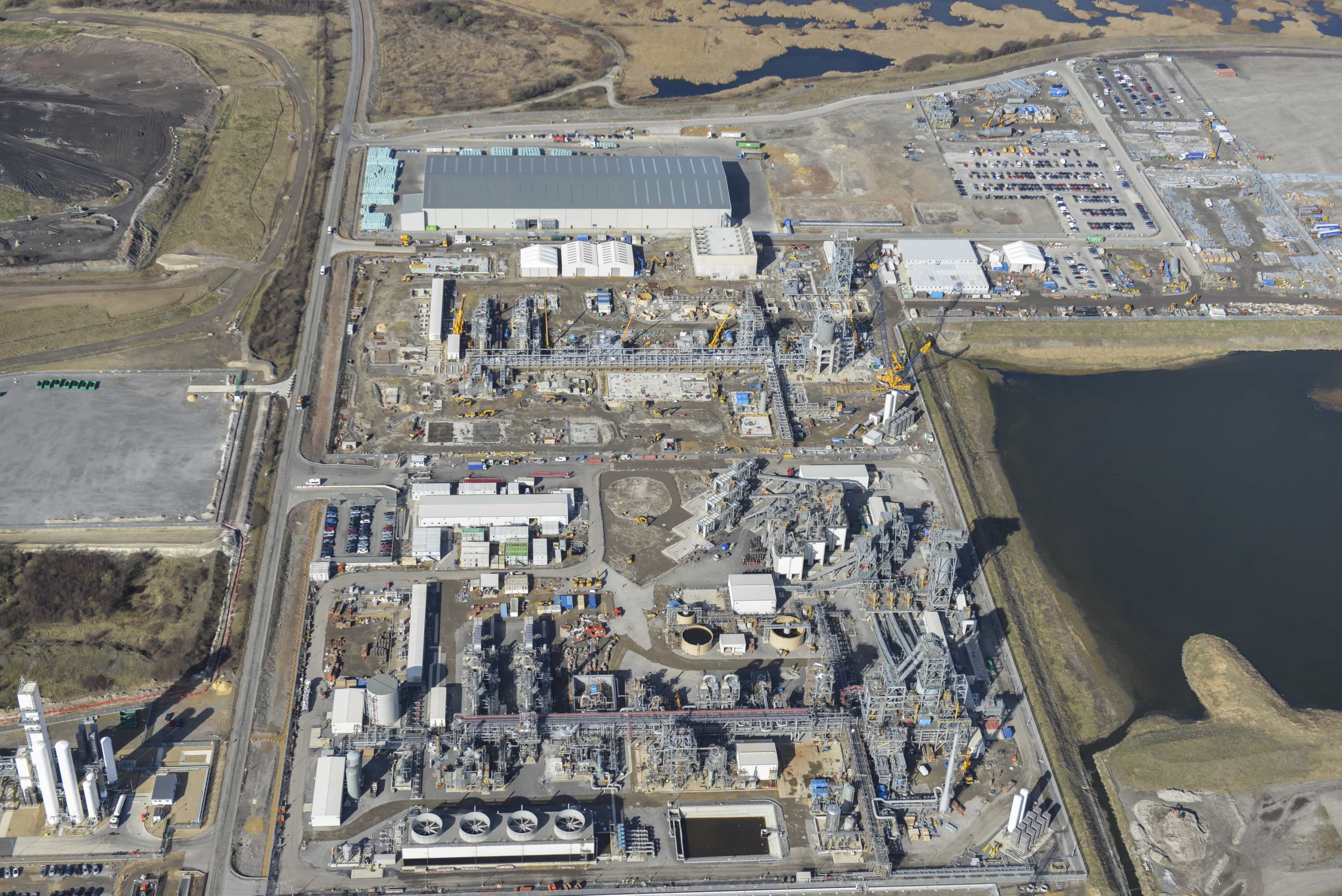
Problems first arose shortly after Tees Valley 1 reached completion. The Billingham-based plant, which will process 350,000 tonnes of waste per year, is mainly sourced under a contract with Impetus Waste Management and could generate nearly 50MW of power for the Grid. The facility had been due to enter operations in summer 2014 – but 18 months later is still undergoing commissioning due to technical issues.
The difficulties Air Products faces as it strives to bring both plants online are symptomatic of wider issue surrounding advanced thermal gasification. The technology has been around for decades, but as of 2015 a UK plant capable of processing waste materials on the same level as a relatively large-scale mass burn incinerator has yet to be built.
Avonmouth
One of the first gasification plants to have initially succeeded in the UK was New Earth Solutions’ former 120,000 tonnes-per-year energy recovery facility in Avonmouth near Bristol. Originally envisaged to produce 12MW of power for the Grid per year, the plant was designed, built and commissioned by the NEAT Technology Group, which officially demerged from New Earth in 2013.
It was and continues to be sourced by refuse-derived fuel produced at New Earth’s neighbouring MBT facility. At this plant, waste is processed from the West of England waste partnership, Bath and North East Somerset and South Gloucestershire councils, as well as Blaenau Gwent and Torfaen in Wales.
When New Earth took control of operations at the energy facility in 2013, there were complications. The plant fell short in delivering the projected output – managing to generate around 9-10MW of electricity. While attempting to overcome the technical performance issues, the plant also became a financial ‘burden’ as the potential to attract further capital for a line of similar facilities dropped off.
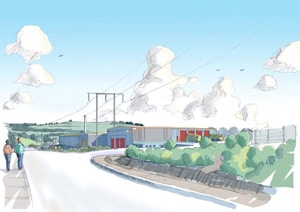
According to Michael John Richardson, director of the Premier Investment Opportunities Fund which helped finance the project, this atmosphere of uncertainty was not helped by the government’s change in attitude towards renewable energy subsidy regime and the fact that it is still cheaper to export RDF to mass burn plants in Europe than to treat it domestically.
Galashiels
New Earth’s failure to expand its gasification technology to other areas of the country became apparent when its plan to build a 60,000 tonne capacity ERF in Galashiels to serve the Scottish Borders region was scrapped in February 2015.
A letter written to New Earth stakeholders in October 2015 by Mr Richardson confirmed that the firm’s energy and waste interests had finally been decoupled. Due to the ‘poor financial performance and further capital expenditure’ needed for the ERF, and the continued operating risks, it was not possible to find an external buyer for the site. The energy side of New Earth was then sold to Macquarie Bank, the project’s senior lender and institutional investor, which alongside PricewaterhouseCoopers LLP was prepared to refinance the business.
The new company, Avonmouth Bio Power Ltd, took the reins of the beleaguered plant in July – with former Eco Plastics chief financial officer Jeff Holder stepping in as interim chief executive. New Earth continues to feed the plant, but as the letter states, leaving it “free from the financial constraints of the energy business”.
Investment
Despite all this, New Earth’s story has not been enough to quash interest in gasification. Indeed, the technology continues to attract investors – Energy Works’ proposed 240,000 tonne capacity gasification plant in Hull has found three external investors and received financial backing under DECC’s Contracts for Difference grant scheme. Support includes £20 million from the European Regional Development Fund and construction starts this year.
The plant is designed to have a single fluidised bed gasifier feeding a boiler and steam turbine generator with feedstock storage and associated plant all located on site. The front end receipt, storage and thermal treatment plant have all been designed to accept multiple solid fuels and blend them prior to processing. In terms of waste input, with one of the questions for gasification concerning the homogeneity of the feedstock, Energy Works states: “A generous operating window has been designed such that the plant can process wide variations in fuel energy, moisture and ash content.”
And, while disappointed by the recent setback, the government also states it is committed to its 20-year fixed energy contract with Air Products TV2 – worth 2% of its overall energy spend.
Energos
Elsewhere, waste firm Amey is also installing a 93,000 tonne-per-year gasification plant as part of its anticipated Waste Recovery Park in Milton Keynes, which will generate 7MW of power. The technology has been provided by Energos, a leading supplier of small-scale energy from waste plants and technology.
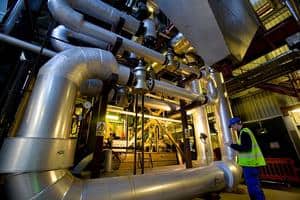
Energos has experience in the UK, including on the Isle of Wight where it took on an early gasification plant that ran for a number of years with varying degrees of efficiency.
“What we do differs from other technology providers,” explains Patrick McConville, business development manager at Energos. “There is a difference between those that are fully proven and those that are not. We have myriad different technology developers out there and they all seem to be doing something different. Some of them are horrendously complex.
“Gasification has a future but that really relies on developing something that is bankable. When potential investors are looking at their options they are looking at individual specific technologies. The benefits we can show are very low emissions to environment and a commercially viable track record.”
AlterNRG
Like Amey, Air Products is utilising a tried and tested gasification technology at its plants. According to supplier AlterNRG, Tees Valley 1 is undergoing commissioning to utilise a type of plasma gasification originally designed in collaboration with NASA for use in the Apollo space programme – reaching the same temperatures necessary to simulate space vehicle re-entry. At 5,000 degrees celsius, the plasma is created by funnelling air through electric arcs before being fed into a gasifier.
The technology has already been rolled out to three commercial plants in Japan and India. So why has TV1 so far failed to take off? AlterNRG sales engineer Alison Yeckell offered some insight in a recent interview with letsrecycle.com.
“The technology is different than others to the temperatures it can produce, therefore the different feedstocks it can take,” she said. “It’s a more flexible technology and can create a flag product that can be used for other commercial applications such as construction.”
Delays
It’s the first of its size and type so delays to start ups can be expected. The technology has been employed at several plants but never at 1,000 tonnes per day
Alison Yeckell, sales engineer
AlterNRG
She added: “It’s the first of its size and type so delays to start ups can be expected. The technology has been employed at several plants but never at 1,000 tonnes per day. There are always issues with scale up and scale down. We design it to what we know so that’s what we are doing. We can get mass burn facilities that can do four or five times that, but they are not trying to accurately control the thermal combustion process.”
So while thermal gasification can boast lower emissions to mass burn incinerators, and a more flexible end product to flue gas, the drawbacks come when upscaling the technology to meet the UK’s growing waste arisings. Ultimately, as Patrick McConville of Energos explains, “you need to have a technology that works” and “the ability to show you can get the economics right”. The jury is still out, but proof of its success could be just around the corner.





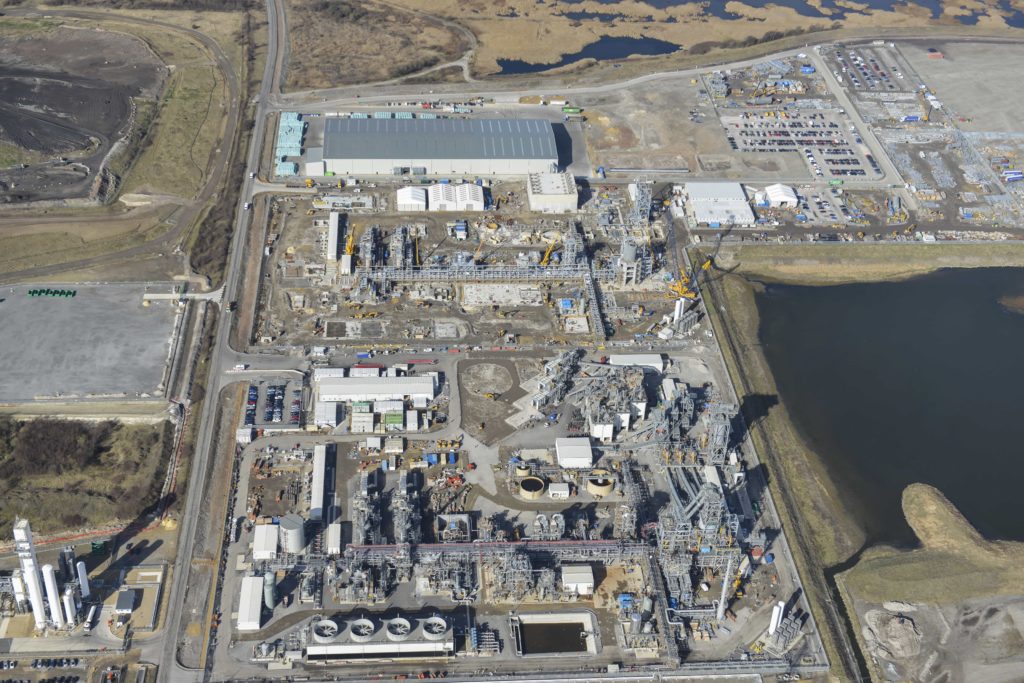

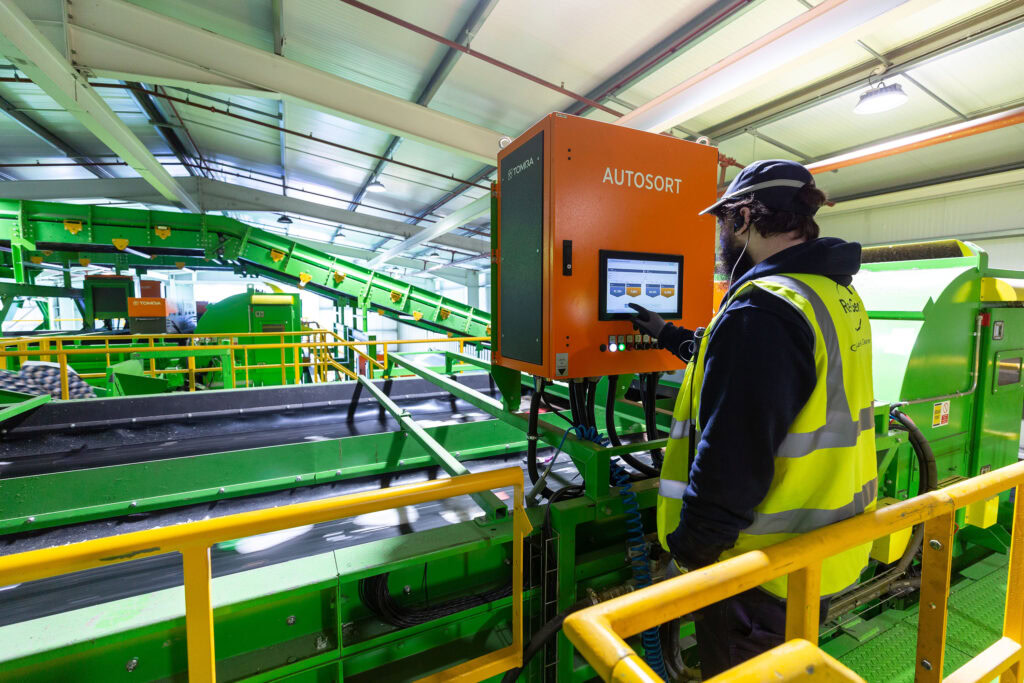
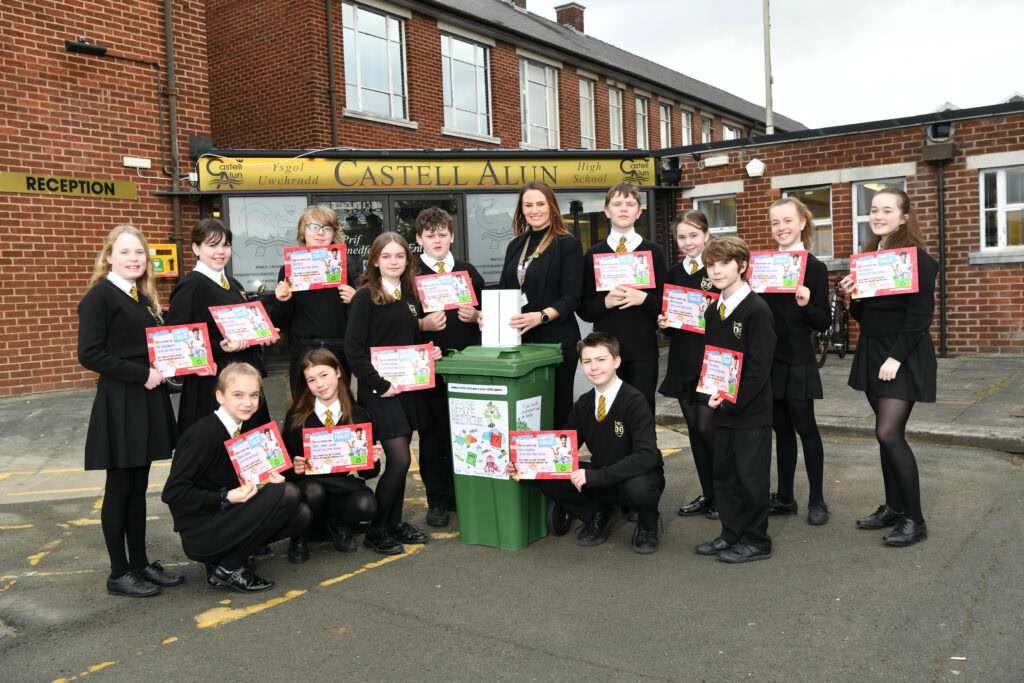


Subscribe for free